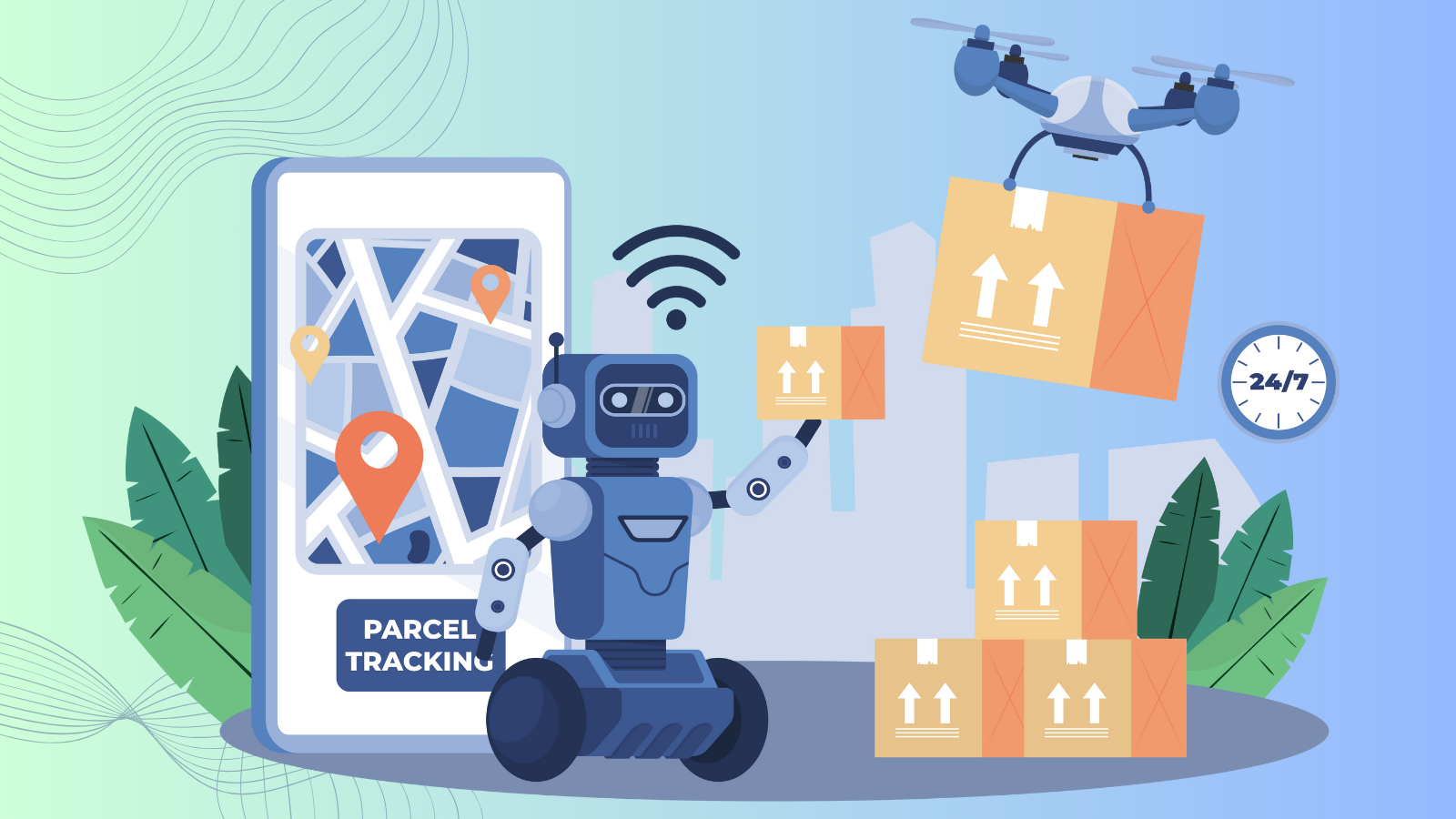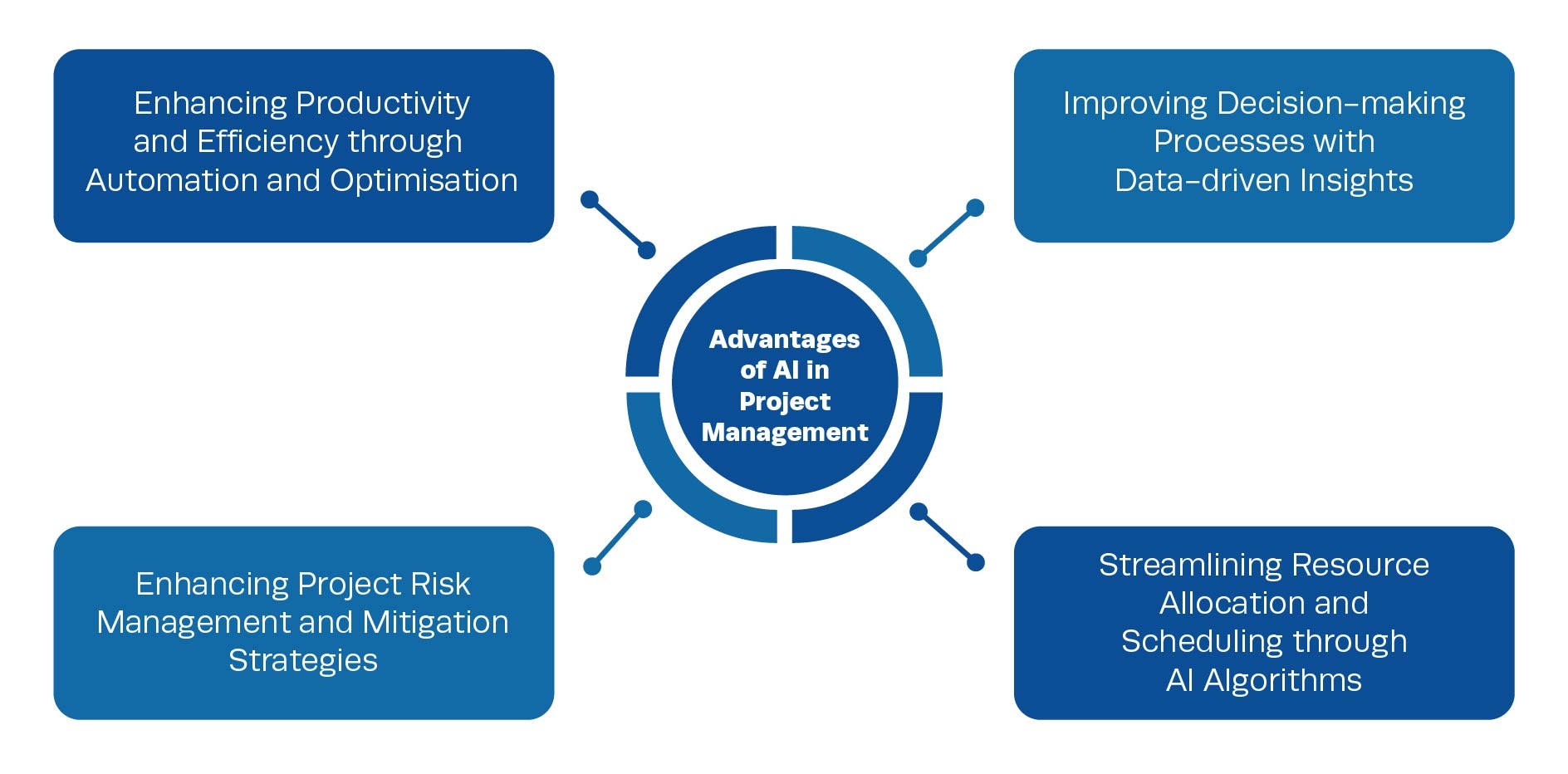Whether a restaurant is small or large, it is critical to keep things running smoothly and staff working efficiently. Maximizing productivity in a restaurant means a restaurant that is more efficient, saves money and attracts return customers. To do this successfully, restaurant managers need to make the best decisions very fast to improve workplace performance as much as possible. However, restaurant managers work over 8 hours a day to ensure their restaurant is running well while spending most of that time doing routine tasks instead of focusing on high-level strategies that increase revenue and improve operations. In this article, we will talk about best-in-class optimization models and solutions that help managers make optimal decisions instantly without burning their time & resources on these repetitive tasks.
1. Challenges
The most critical challenges of restaurants are:
- People who have made a restaurant reservation but cancel the booking or do not show up are rarely penalized. As a result, no-shows and cancellations are more common in restaurants than in hotels or airlines. A restaurant has some flexibility in stretching the seating capacity by re-arranging tables or fitting one or two more seats at a table. A restaurant will have to turn away customers if they continue to arrive beyond the stretched capacity. For a restaurant, the penalty of turning away customers usually involves brand loyalty and trust loss and perhaps a substantial discount for the disappointed customers on their next visit. Since restaurant managers expect no-shows and cancellations, they should overbook up to a certain level to maximize revenue. If managers overbook too much, a chance exists that a customer could arrive and be unable to be squeezed in because the restaurant will have already reached its stretched capacity. On the other hand, if the manager overbooks too little, a chance exists that empty seats will remain, leaving patronage below the desirable capacity. The question is, by how much should the manager overbook?
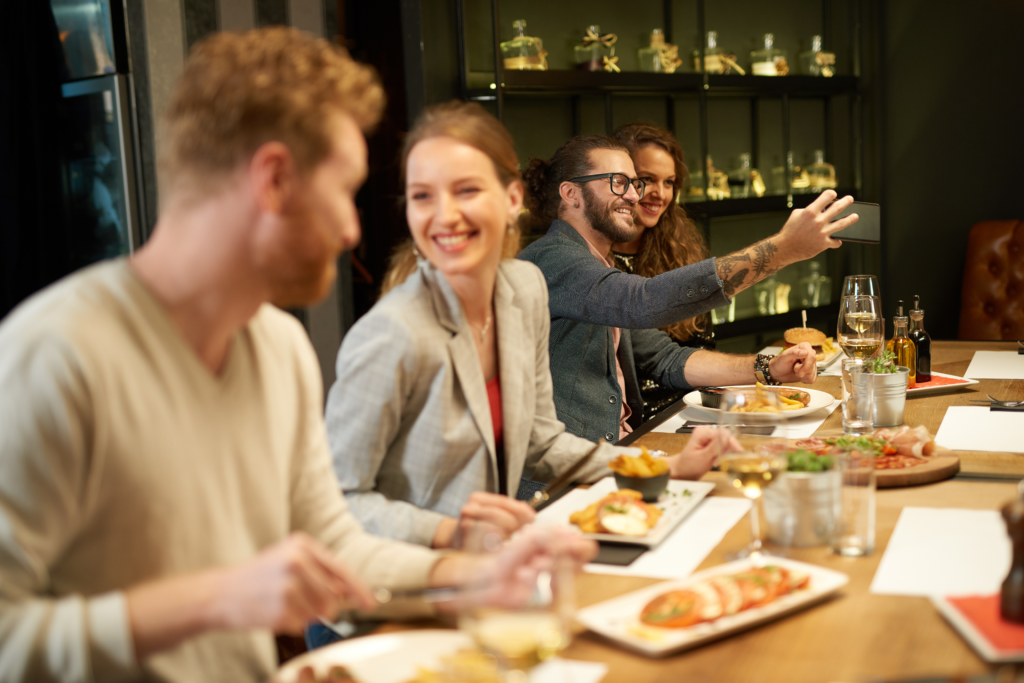
2) One of the essential circumstances for a restaurant’s success is its location. A restaurant manager should consider several aspects such as population income, city type, trading activity behavior, etc., to locate the restaurant in the right location to gain high profit. However, finding the best location for a restaurant considering multiple criteria is challenging.
3) Table management has two distinct phases: booking and floor management. In the booking phase, the booker must negotiate start times with customers to ensure that customers’ requirements are satisfied while maintaining a flexible table assignment that maximizes the chances of seating the desired number of people. In some cases, to keep a balanced plan, a restaurant will decline a booking or suggest a different time, even if a table is available. In addition, the booker must estimate the expected duration of the meal based on the characteristics of the booking (including time, day of the week, and party size). In floor management, the aim is to seat the customers with minimum delay, modify the seating plan when changes happen, and accept or decline walk-ins. The main challenge is that individual customers are unpredictable, i.e., they may arrive late, may not arrive at all, may take longer or shorter than expected, and may change the size of their party. The floor manager must make instant decisions. Indeed, a manager is expected to take an average of 10 to 20 seconds to decide where to allocate a new booking or how to reallocate a seating plan after a change.
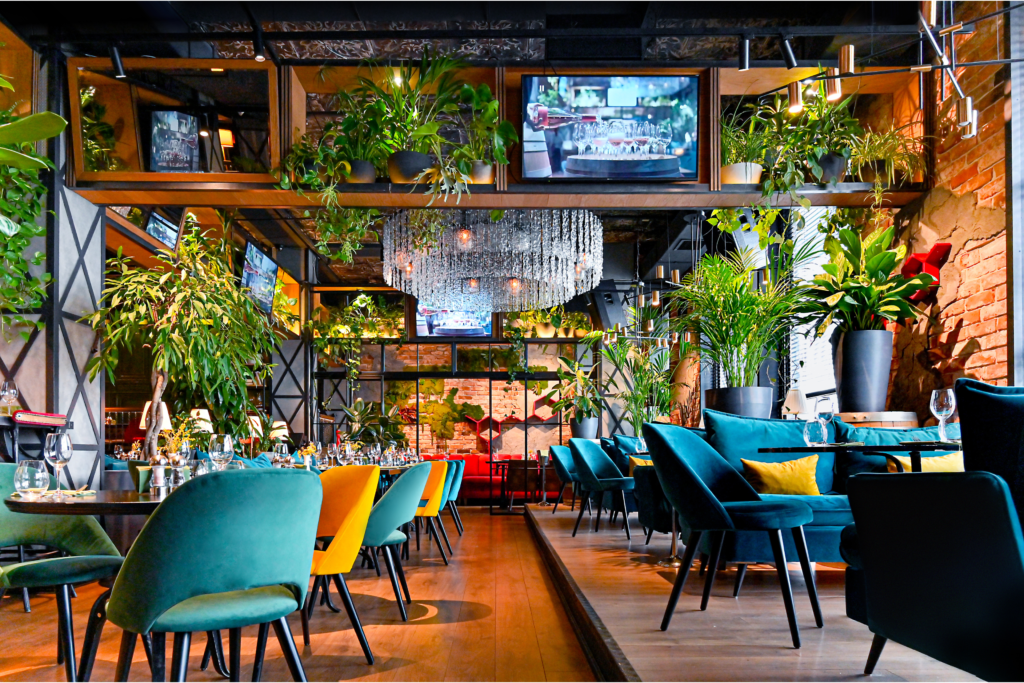
4) The lack of knowledge about future table demand, i.e., the distribution of future requests by number, size, and booking time, makes it difficult for the restaurant to build up a seating plan that maximizes table usage. For example, should a party of two be offered the last four-seater table? The answer depends on the expectation we have on the arrival of parties of size four, but we can never be sure that any party of four will arrive.
5) Customers rarely arrive at the precise booking time, and the exact length of their stay is also unpredictable. Late arrivals or dinners lasting longer than expected may easily cause delays for future dinners. The restaurant has to pre-allocate a dinner slot to each customer, but how large should each slot be to make sure dinner durations are neither over nor underestimated and consecutive dinners allocated on the same tables will not overlap and produce delays? This is a gamble between the chance to improve the table usage and the risk of increasing the waiting time of parties that cannot be seated on time.
6) The booking time or the size of a reservation may change from the initial booking request. A change in booking time can be infeasible if the restaurant is fully booked for the new time.
7) Restaurants must make reservations, manage unexpected events in real-time, make good use of resources, and provide good service to customers. Optimal assignment of reservations to tables to maximize the total expected revenue is challenging because managers deal with several business constraints simultaneously, and they have to decline a request if they cannot find a table assignment. For example, a restaurant has a set of service tables with several seats available for dining. There are several fixed periods of a specific interval (e.g., 30 minutes), in each of which there are some requests for reservations. Each reservation brings specific revenue to the restaurant, often relevant to the party size. In addition, the dining duration of a reservation could span several periods, primarily determined by the party size. Tables and seats are allowed to combine to satisfy the demand of larger groups.
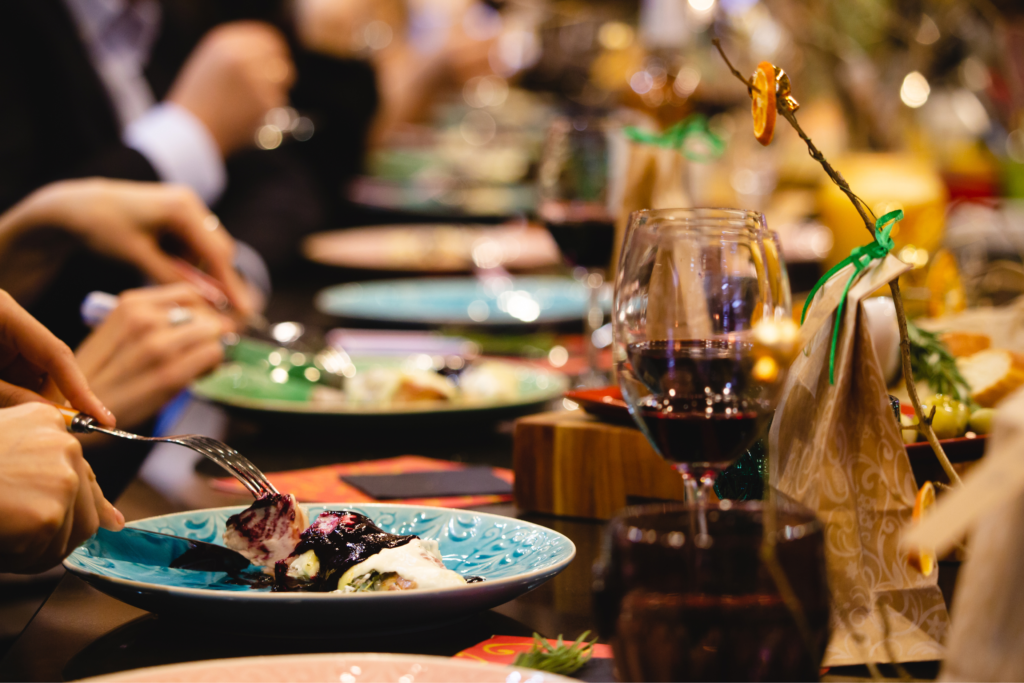
8) Restaurant chains should deal with several challenges. First, each customer independently places a delivery request to a restaurant chain. As the delivery timing is randomly dispersed, such frequent small-quantity deliveries reduce delivery efficiency. Second, a restaurant chain has regional distribution centers, from which it delivers to multiple restaurants. The demand forecast for each item at each restaurant on each day of the week is required to determine the delivery pattern. The demand of each restaurant is different for each day of the week. Third, the demand for each item is aggregated into standard packaging units for each temperature zone (dry, chilled, and frozen). This raises two new operational issues. The first issue is the consideration of multiple temperature zones. There are two types of vehicles: three-temperature-zone vehicles that can deliver items in all temperature zones and room-temperature vehicles that can only deliver dry items at room temperature. Generally, if the car size is the same, the room-temperature car is cheaper. However, since room-temperature vehicles cannot deliver chilled and frozen items, three-temperature-zone vehicles must deliver frozen and chilled items to the same restaurant at different timings. Therefore, it is necessary to consider the trade-off: should we use three temperature zone vehicles to deliver items in each temperature zone to the same restaurant at once, or should we use room-temperature vehicles and deliver to the same restaurant at different timings for each temperature zone? The second issue is vehicle type restrictions. Sometimes, decision-makers should deal with two types of vehicles, large and medium. In general, large vehicles are less costly, but there are restaurants that large vehicles cannot enter or park in, mainly restaurants in the downtown area. Therefore, it is necessary to consider the trade-off between cost and delivery availability.
9) Restaurant managers sometimes face overstaffing that results in excessive labor costs and understaffing, leading to the opportunity cost of service errors and lost business. This is because most managers rely on their personal experience and judgment to determine schedules meant to maintain service quality and limit labor costs.
10) Tough competition and cost pressures around labor, food, and advertising have forced restaurants to implement significant price increases. Menu prices have increased the most in the last decade. In the United States alone, menu prices increased by over 3 percent, according to the National Restaurant Association. Drastically increasing prices may increase profit margins initially; however, restaurants will face a sharp decline in customers over time. Therefore, restaurant managers should deal with how customers react to different pricing policies, which is not easy. For example, a restaurant manager could offer different menu prices based on higher and lower demand periods.
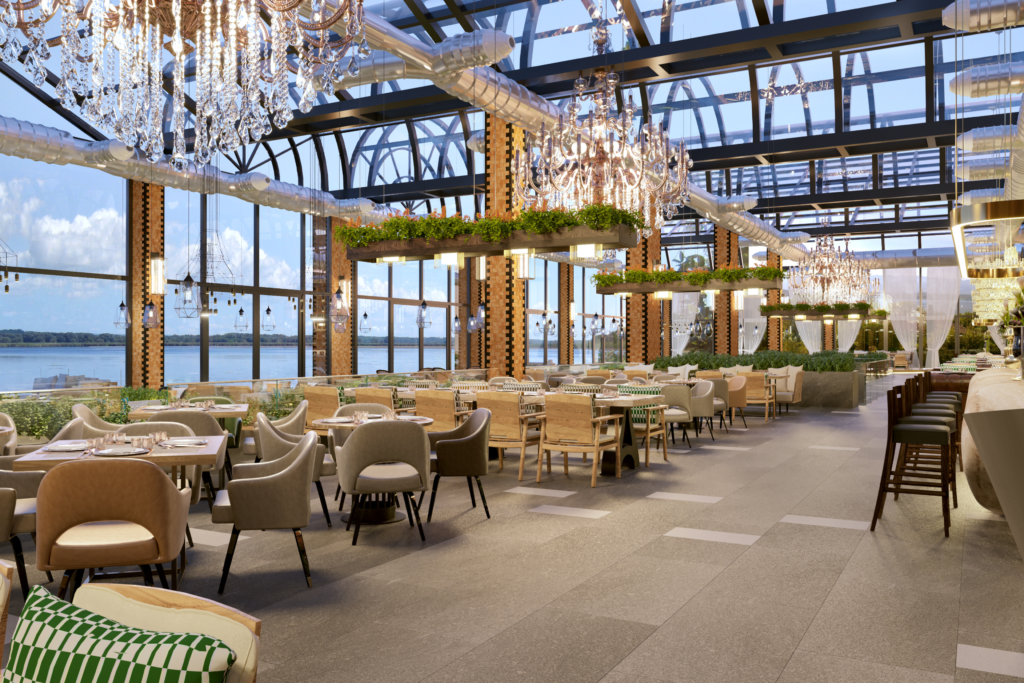
2. How Optimization Can Help
Here are some examples of how we can help restaurants operate more efficiently using Optimization techniques:
- Restaurant capacity management can have a significant impact on both profitability and customer experience. A significant focus of capacity management in restaurants is the mix of tables in restaurants. A restaurant can increase its effective capacity by better matching capacity to demand through different table combinations. We can develop a capacity management Optimization tool to maximize revenue by determining the optimal mix of tables in a restaurant while simultaneously determining which reservations should be accepted from a forecasted demand. The outputs of the tool could be revenue, estimated service level, and accepted reservations. We can consider an inflation parameter in the tool as the degree to which average dining durations are inflated. Thus, a user can select this inflation parameter according to expectations regarding the extent to which parties will exceed the anticipated average dining time. More specifically, lower inflation values result in more revenue. More reservations are accepted and come with lower service levels, meaning more customers will need to wait for a table. The inputs of the tool could be party sizes (the number of people), the average duration, party value (average revenue of parties of that size), demand forecasts by reservation time and party size for each day, wait time limit, the space required for a table with the specified number of seats, the total space available for tables, the minimum and maximum allowed numbers of each size table, etc. Based on the user inputs, the tool returns the optimal table mix for the highest revenue (e.g., the number of each size table recommended by the tool, the total space used with the recommended table mix, the entire space used with the recommended table mix) as well as which reservations are accepted, by period, and at which size tables the parties will be seated.
2) We can develop Optimization models for determining the optimal overbooking rate in restaurants to cope with no-shows, late cancellations, and walk-ins efficiently. To create an Optimization tool, a restaurant manager should answer some questions including but not limited to:
- What are the conditions under which reservations should be offered?
- If reservations are to be offered, what is the ideal ratio of reservations to walk-ins?
- What are the benefits of taking reservations online?
- What affects the waiting tolerances of walk-in customers?
- How should the waiting time be estimated?
- Should the wait estimates quoted to customers be biased or unbiased?
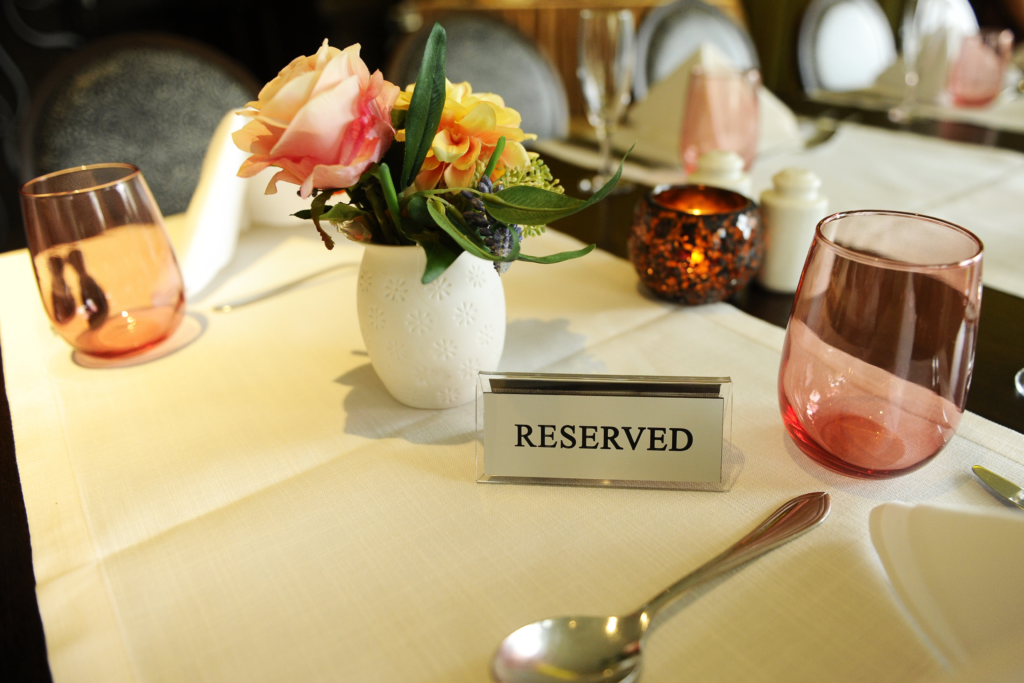
3) Restaurant location is an important factor leading to the success of restaurant management since it will determine the convenience of service to customers and how many are attracted. In addition, location also exerts a significant effect on the restaurant’s market share and profit-making ability. We can develop Optimization location models to find the optimal restaurant locations concerning multiple criteria such as demographics, traffic information, competition, and costs. Moreover, we can use multicriteria decision-making methods to rank alternative restaurant locations based on various criteria like rent cost, transportation cost, convenience to the mass transportation system, size of parking space, pedestrian volume, number of competitors, the intensity of competition, size of the commercial area, convenience of garbage disposal, and sewage capacity.
4) We can develop multi-product, multi-vehicle, inventory routing models and algorithms for restaurant chains. These Optimization models and algorithms are supposed to determine (1) when to deliver, (2) how much to deliver, (3) by which vehicle, and (4) by what route for each restaurant so that the fixed vehicle cost is minimized while satisfying inventory constraints.
5) We can develop Optimization models for restaurant chains that consider facility location and vehicle routing problems simultaneously. For example, first, P-median location models determine the optimal locations of new distribution centers. Then Capacitated Vehicle Routing Optimization models determine optimal distribution routes between the new distribution centers and restaurants. The ultimate goal of these models is to minimize costs through a reduction in delivery times and distances.
6) We can develop labor scheduling Optimization models to minimize restaurants’ labor costs while ensuring appropriate service levels. These models determine the optimal number of full-time and part-time employees while assigning them to available work shifts. To that end, we should forecast demand by appropriate forecasting models. Then, we should translate the demand forecasts into employee requirements.
7) We can develop menu price optimization models to maximize profits without sacrificing customer count. The Optimization tool implemented based on these models can increase restaurants’ profit margins by providing several sets of pre-optimized pricing recommendations using predictive/optimization models and algorithms. Moreover, such an Optimization tool can enable restaurants to experiment with their scenarios to test all kinds of prices and measure the expected impact immediately.






